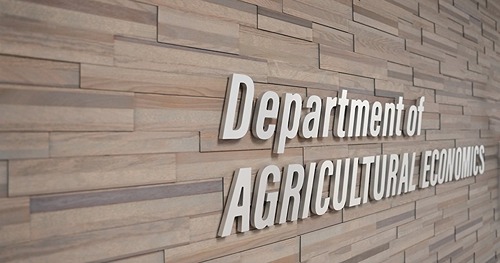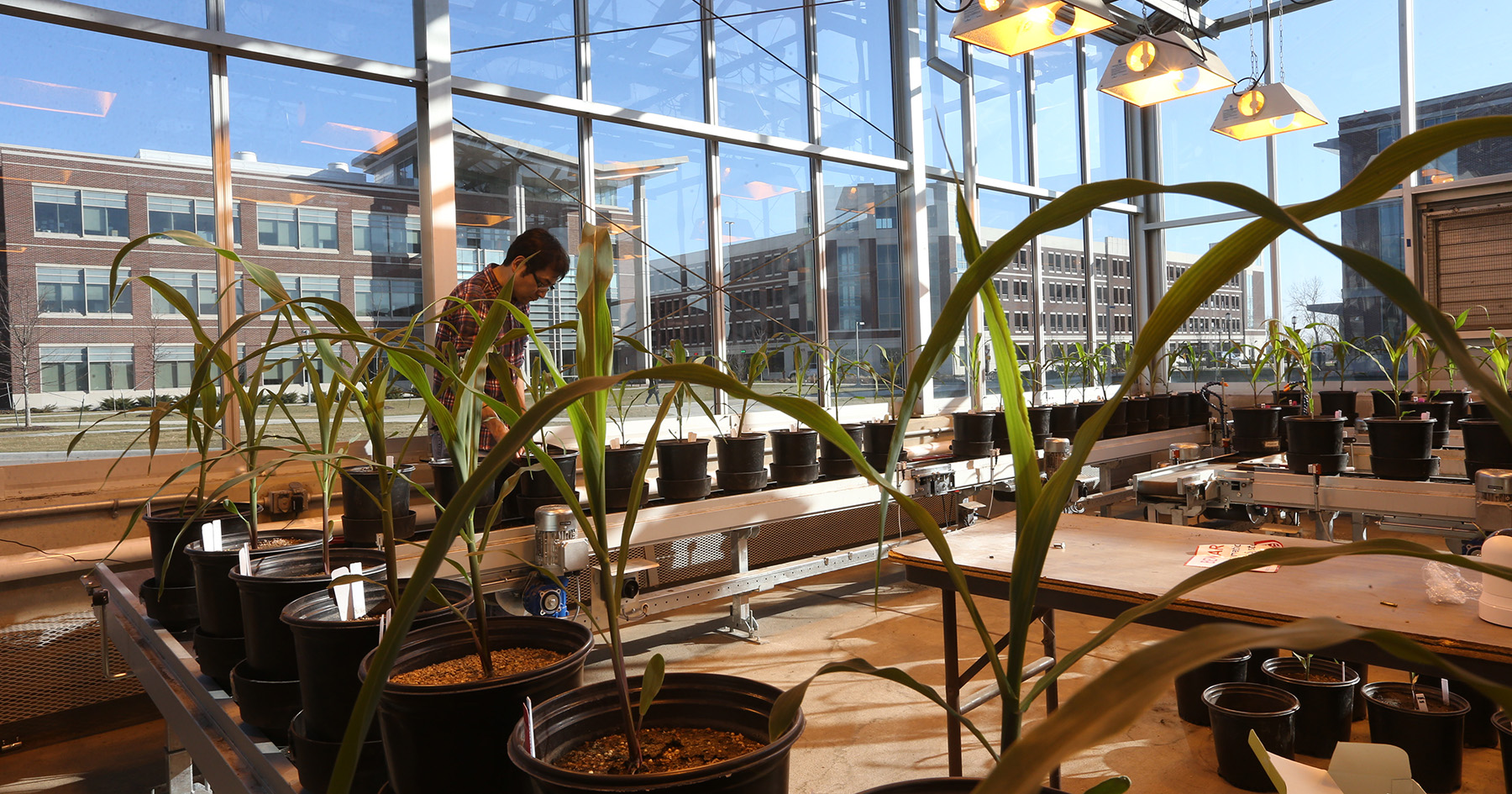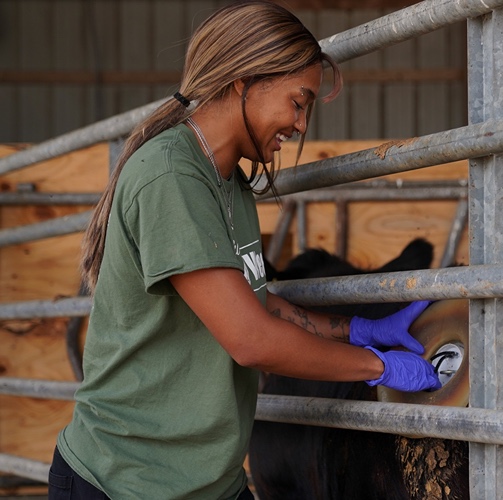The Science of GMOs
Genetically Modified Organisms, or GMOs, are a major issue about which many of us know relatively little. We want to know what we’re eating, and we want to know how this issue is impacting the environment. Knowing more equips us to make the best decisions for ourselves and generations to come. GMOs are complex, so we’ve broken the issue down into different categories. Click on the question that most concerns you. Read the answer or listen to an interview with one of Purdue’s College of Agriculture scientists. You can always count on this site to address this complicated and evolving issue with neutral, scientifically sound information. Also, as a head’s up, scientists often prefer to use the term genetically engineered (GE) rather than GMOs, as it’s a slightly more accurate term. However in this context, they can be used interchangeably!
Featured Story
Featured Story

It’s summer, but Bryan Pijanowski is as busy as ever. He’s working on several grant proposals and a couple of high-profile scientific articles, and is gathering videos and audio recordings for a possible documentary about climate...
Read More



